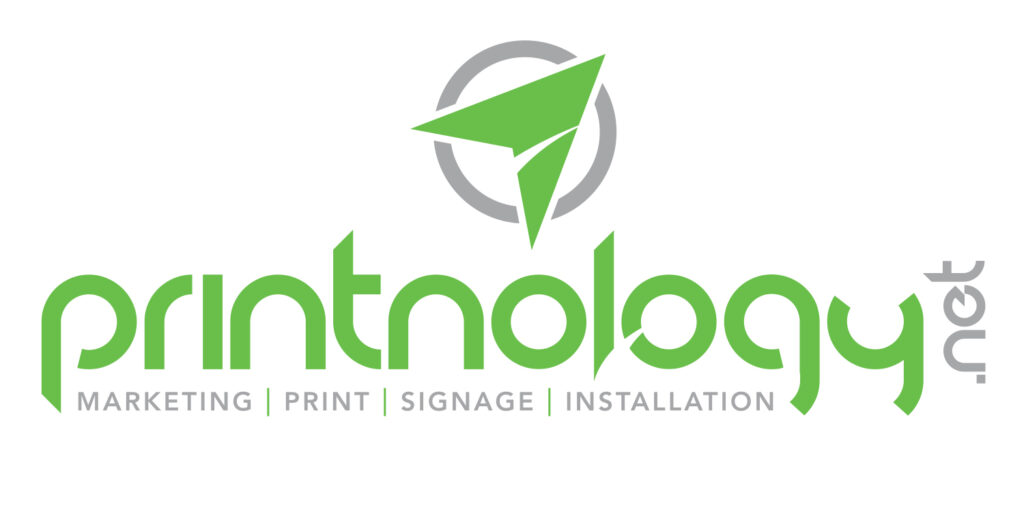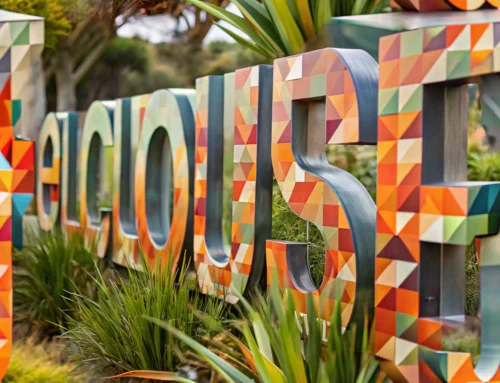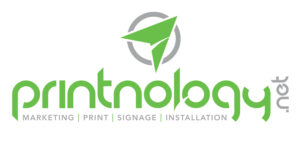The Art of Silence: How Negative Space Speaks Volumes in Sign Design
The Unseen Hero of Signage
In the world of sign design, negative space—often called white space—plays a starring role. This unsung hero is the empty area surrounding and between the elements of a design. It might seem like nothing, but it’s everything when it comes to capturing attention and enhancing readability. By cleverly using negative space, designers can focus the viewer’s gaze on the core message, making the sign not just a visual treat but a clear communicator.
Why Less is More
Negative space is not just about emptiness; it’s about creating room for the design to breathe. This breathing room makes the design more engaging and can even convey brand values or hidden meanings. Think of a logo that uses negative space to reveal a hidden symbol—it’s a storytelling tool that adds depth and intrigue. This technique transforms a simple design into a narrative, inviting viewers to look closer and discover more.
Minimalism: The Power of Simplicity
In the realm of creative sign design, minimalism reigns supreme. By embracing simplicity and maintaining consistent spacing, designers can craft signs that are both beautiful and functional. Negative space is the secret ingredient that highlights important information, ensuring the design remains balanced and harmonious. It’s about letting the essential elements shine without unnecessary clutter.
Playing with Space: A Designer’s Playground
Designers have a playground of possibilities when it comes to experimenting with space. Micro space refers to the tiny gaps between elements, while macro space involves larger areas of negative space. The magic happens when designers strike the perfect balance between these spaces, creating designs that are not only eye-catching but also easy to understand. It’s a dance of elements that captivates and communicates.
Icons of Ingenious Design
Some logos have become iconic thanks to their brilliant use of negative space. Take the FedEx logo, for instance. It cleverly uses negative space to form an arrow between the “E” and “x,” symbolizing speed and precision. Similarly, the Guild of Food Writers logo incorporates a spoon into the negative space of a pen nib, merging the worlds of writing and food. These designs are not just logos; they are visual stories that speak volumes.
Printnology: Masters of Minimalism
At Printnology, negative space is more than a design choice; it’s a philosophy. Their approach to sign design is all about clarity and impact. By simplifying complex ideas through the use of negative space, Printnology creates signs that are memorable and effective. Their designs cut through the noise, ensuring the message is delivered without distraction. Learn more about their exterior signage solutions.
Riding the Wave of Trends
In the ever-evolving world of graphic design, negative space is a tool for innovation. Current trends in advertising and art are embracing this concept, inspiring designers to push boundaries and create modern, effective signage. By staying attuned to these trends, designers can craft signs that resonate with today’s audiences, blending timeless techniques with contemporary flair.
Crafting the Perfect Sign: A Designer’s Checklist
- Focus on readability and clarity.
- Ensure consistent spacing throughout the design.
- Use negative space to spotlight key elements.
- Strive for a balanced and visually appealing design.
- Infuse brand values and messages through clever use of space.
By following these guidelines, designers can transform a simple sign into a powerful branding and communication tool. Negative space, when used thoughtfully, is not just a design element—it’s a silent storyteller that speaks directly to the viewer’s heart.












Leave A Comment